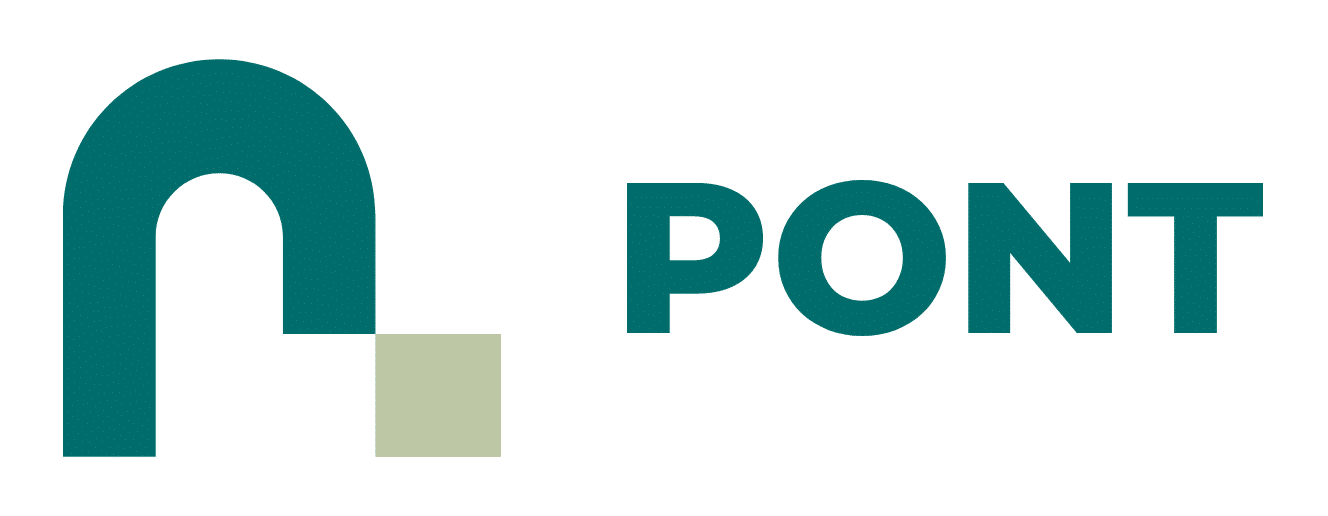According to a recent study by PwC, 75% of major companies will experience at least one instance of supply chain disruption over a 12-month period. 42% of companies will also experience a multi-tiered supply chain issue over the same length of time. The well-publicised supply chain issues experienced by KFC in the UK further highlight the importance of ensuring that businesses’ supply networks are sufficiently robust, and are able to guarantee delivery of vital goods and services in difficult conditions.
To build a robust supply chain, businesses need to implement strategies that build resilience. Resilient supply networks provide continuity of service to customers or businesses upstream, either due to the availability of alternative suppliers, or because the primary providers are better placed to recover following a damaging event.
But what can organisations actually do to build robust supply chains?
Thorough Auditing
In today’s globalised, inter-connected world, businesses’ supply chains are becoming increasingly complex. With partners often being located in developing countries, at high risk from either natural disasters or cyber-attacks, businesses are becoming increasingly exposed to risk. To build resilience against these risks, businesses need to thoroughly audit their supply chains. Auditing needs to incorporate an evaluation of the organisation’s supply network across multiple tiers of suppliers – if the primary and alternative suppliers obtain key materials from the same business, both organisations would be unable operate normally. In this instance, an event suffered by a “tier-two” supplier could have a dramatic impact on all direct (“tier-one”) partners, crippling a business’ ability to operate normally.
Businesses should also identify tier-one suppliers with differentiated supply chains, ensuring continuity of service, should a hazard negatively impact individual providers. Ideally, suppliers should be based in different regions, ensuring that a large-scale risk, such as a natural hazard, cannot directly impact multiple suppliers.
Given the complex nature of global supply chains, predictive and risk management analytics should be used for assessment. Using the data created from these analytics can help businesses predict potential disruption, and take actions to build resilience – either by identifying alternative suppliers who can operate at short notice, highlighting partners who are unlikely to be able to effectively operate after a disruptive event, or by identifying groups who could be at-risk from similar natural hazards and working with them to build resilience into their organisations. The FM Global Resilience Index is an example of an analytics tool that can assist organisations mapping the resilience of their supply network to business disruptions.
Physical Improvements
Suppliers operating in developing countries may be at greater risk from certain types of events, such as natural hazards. For instance, many of the world’s complex technological manufacturing centres are located in South-East Asian countries such as Thailand and South Korea. Many of these regions are vulnerable to hazards such as flooding, earthquakes or hurricanes/typhoons. In response to these risks, it is of paramount importance that suppliers implement physical improvements to their facilities, to build resilience. This could help to minimise the disruption caused should an event occur, as well as making it easier to recover after a loss.
When working with suppliers to improve resilience at facilities, it is vital that businesses consider a variety of factors, including:
- Which suppliers are potentially exposed to natural hazard risks?
- What would be the impact on the business if these exposed partners were unable to operate for an extended period?
- Can the activities at impacted facilities be replicated elsewhere?
- How quickly can operations be re-established after the event?
- Is there an alternative source of supply?
For major suppliers, or ‘pinch points’, businesses should consider whether appropriate physical protection is in place, and if the supplier is unable to meet the business’ own risk management requirements, different options should be considered. These should include whether increased inventory should be reserved, what should be included in business continuity plans should supply chain failure occur, and the process for notifying relevant stakeholders about provider issues. Businesses that can appropriately respond to these issues will build resilience to supply network shocks, a vital asset when dealing with complex supply chains.
Partnering with an Insurer
Whilst auditing supply chains and implementing physical protections may help businesses build resilience, partnering with an insurer can be of use should a supplier suffer major disruption. An insurer who could provide financial assistance in the event of disruption may help the insured engage with alternative suppliers and continue operations with minimal disruption. This financial assistance, paid through a swift claims resolution policy, may help protect the long-term reputation and profitability of a business through a thorough recovery process – a major asset in today’s fast-moving business environment.
We believe that resilient businesses are successful ones. Resilience is a choice and is the greatest asset that an organisation can have – and by implementing appropriate risk management practices backed by sound data and research, an organisation will be able recover as quickly as possible following supply chain failure.

